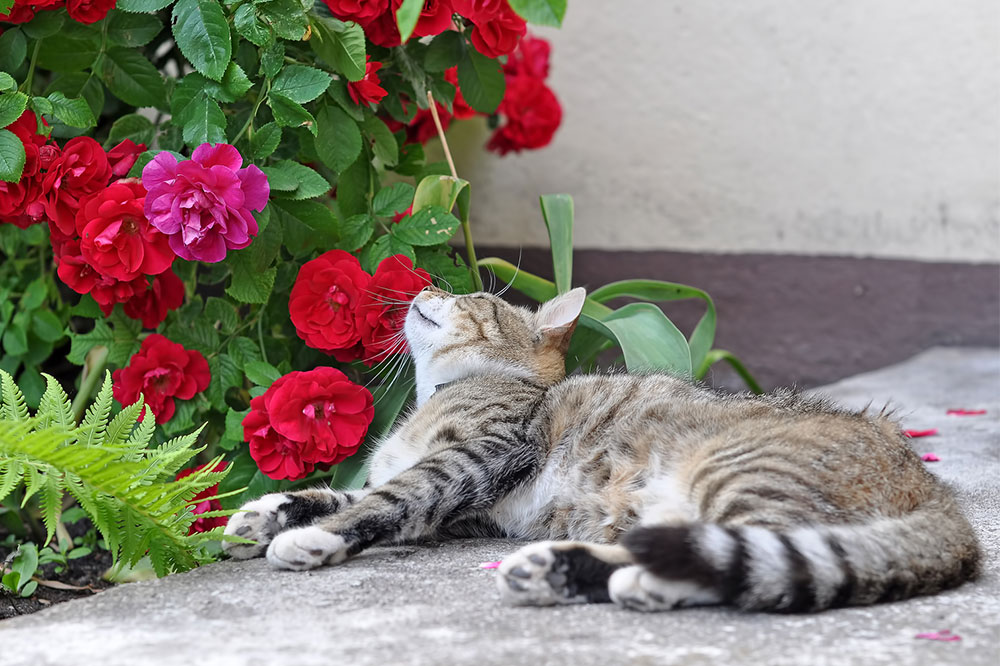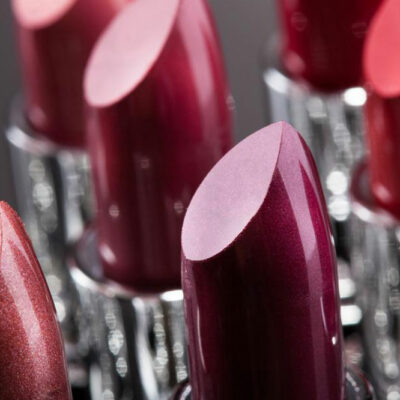
10 Plants That Cat Owners Cannot Keep at Home
Many homeowners love the idea of having their house decorated with a variety of beautiful ferns and flowers. But if you’re also a cat owner, you could actually be threatening your furry friend’s life. The harsh truth is quite a few popular houseplants are a poisonous for them. This is why knowing which houseplants are toxic for cats is important before revamping your home.
Here are the 10 most toxic houseplants that are to be avoided by every owner must for their cat’s safety:
Lilies
Lillies have different species and strangely enough, all of them, whether they are Easter lilies or Asiatic Lillies, are poisonous for cats. If the cat accidentally ingests any of these it can result in instant kidney failure.
Eucalyptus
This is one of the most commonly bought houseplants that are toxic for cats. While eucalyptus may be a good source of fiber, leaves of this plant are poisonous for most animals. If you do have this plant, we advise keeping it out of the cat’s reach.
Aloe Vera
This plant may be a staple in the homes of most nature lovers owing to its medicinal properties. Ironically, those thick succulent leaves that everyone wants for their therapeutic value can turn out to be toxic for your kitty. If ingested, aloe vera may lead to vomiting, diarrhea, and severe lethargy in cats.
Monstera Deliciosa
This is one of the trendiest indoor tropical plants. The Monstera Deliciosa is a major hit in home decor magazines and social media for its attractive foliage. These houseplants are easy to maintain and look great in any room, but they contain calcium oxalates that are toxic for cats. When ingested, they may experience burning of the mouth and lips, causing swelling, drooling, and vomiting.
Jade
This houseplant is a popular choice for those lacking a green thumb. This is because you hardly need to work hard to maintain them inside the house, and yet they look stunning. At the same time, these can be toxic for cats, dogs, horses, etc, and may lead to lethargy, vomiting, incoordination, and depression if eaten.
Milkweed
This houseplant is a regular feature in gardens as they can help monarch butterflies to reproduce faster. However, the fruits of milkweed are highly toxic not only for cats but also humans. Owners must keep this toxic houseplant in mind for their cat’s safety.
Daffodils
This plant is a major springtime attraction owing to their striking white and yellow shades. But the flower bulbs of this beautiful houseplant are known to be toxic for cats and cannot be kept around them.
Hyacinths
These sweet-scented flowers are mostly found in the Mediterranean region. However, water hyacinths are quite common in Texas. The flower bulbs of this houseplant can also be toxic for your cat, so avoid keeping them at all costs.
Mistletoe
This highly sought-after plant is part of the age-old tradition of kissing under it being hung on Christmas Eve. Sadly, this symbol of love and affection cannot be directed towards cats. Mistletoe can trigger severe health problems, including the complete shut down of their cardiovascular systems.
Snake Plant
Commonly called “mother-in-law’s tongue,” this resilient plant is capable of surviving in considerably low lighting conditions. This houseplants can boost air quality, making them a common choice among owners. But while the snake plant is not poisonous for humans, they can be toxic when ingested by pets in the house like dogs and cats. In such situations, vomiting, diarrhea, and nausea are common side-effects.


